Compton, Botham, Neville and Moore … New writer Brian Penn celebrates the elite sportsmen that excelled at both cricket and football.
When the world was younger and less troubled, the sporting calendar had an air of glorious simplicity. We played cricket in the summer and football in the winter. The tranquil hum of leather on willow would ultimately give way to the mud and spit of football; it was English sport’s equivalent to the changing of the guard.
This neat demarcation in seasons also allowed players to indulge in both codes and produce an alternative definition of all-rounder. One of the earliest exponents was C.B. Fry, exemplar of the Corinthian spirit with a singular life that rightly belonged in a comic book. Fry scored 94 first class centuries and played in 26 test matches for England between 1896 and 1912. He once opened the innings with W.G. Grace against Australia and shared a first wicket stand of 75. The end of Fry’s test career was crowned by a spell as captain winning four out of six matches.
At county level he played for Surrey and Hampshire in a 27 year first class career and would have secured legendary status for his cricket exploits alone. However, Fry was an Oxford Blue at football and played for Southampton in the 1902 FA Cup Final; a full back with genuine pace he also represented England against Ireland in 1901. Fry is one of only 12 players to win full England caps at both cricket and football. Such distinction became increasingly rare by the end of the 1930s as players tended to focus on one sport. Happily there were still exceptions to the rule.
Dennis Compton was the very definition of sporting royalty. A dashing batsman for Middlesex and England, DCS made his test debut against New Zealand in 1937. Compton scored his maiden test century against Australia the following year and was still only 20 years old. A magnificent test career was studded with landmarks; 78 tests and 17 centuries with a batting average of 50 would stand comparison in any era. Compton’s 278 against Pakistan in 1954 is still the ninth highest individual test score for England.
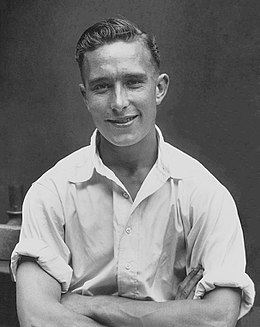
Compton signed amateur forms for Arsenal aged 14 and quickly proved a talented outside left. He scored on his debut against Derby in 1936, but like many footballers his best years were taken by the Second World War. Compton scored 74 goals in 120 wartime appearances and played in 12 unofficial England internationals. An all too fleeting career was restricted to 50 league appearances; his crowning moment as a footballer came in 1950 as a member of Arsenal’s FA Cup winning side.
By the end of the 1950s, Compton had retired and England’s last double internationals took their final bow. Arthur Milton enjoyed a long first class career with Gloucestershire and scored a century on his test debut. He played in 84 league games for Arsenal and won his only England cap in 1951 against Austria.
Willie Watson was a solid middle order batsman for Yorkshire in the post war years. He scored over 25,000 runs in first class cricket and played in 23 test matches for England, winning his final cap against New Zealand in 1959. He enjoyed the most fulfilling career of the double internationals with substantial success in both sports. Watson was a cultured right half who made over 200 league appearances for Sunderland and Huddersfield. The first of four England caps was gained against Northern Ireland in 1949 and was also a member of England’s World Cup squad in 1950.
The governing bodies in both sports soon recognised that more games meant more money. This was especially the case in cash strapped cricket as the one day game rode to its rescue. The Gillette Cup, John Player Sunday League and Benson & Hedges Cup provided a vital boost in revenue. The explosion in fixtures naturally extended the season and inevitable overlap with football created a stark choice. The cream of the country’s young sportsmen had to make a decision. If fate had twisted a fraction to the right England’s World Cup line-up in 1966 could have been very different.
As a youngster Bobby Moore was viewed as a better cricketer than a footballer. He was a stylish opening batsman who played for London and Essex Schoolboys. Moore later captained the South of England and played against future England international Colin Milburn. Twelfth man for England Schools easily eclipsed his achievements as a footballer. Essex captain Doug Insole was sufficiently impressed to offer Moore a place on the county’s groundstaff. However, a school master saw something else and Moore’s head tilted towards winter pursuits.
Geoff Hurst was an average half back at West Ham in the early 1960s. He struggled to pin down a regular spot and seriously considered cricket as a full time occupation. Hurst was a capable batsman and appeared regularly for the Essex Second XI. His only first class appearance came in 1962 against Lancashire and played alongside legendary off spinner Jim Laker. However, West Ham manager Ron Greenwood had the final say when he converted Hurst into a high scoring centre forward. The sporting gods had smiled on football but cricket would get its reward further down the line.
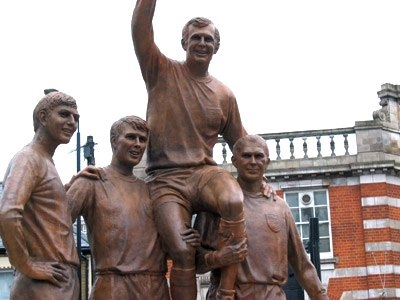
By the 1970s players who still pursued both sports had a delicate balancing act to maintain, although one would be more likely to take a back seat. Ted Hemsley was the last player to enjoy a substantial career in both sports. He was Sheffield United’s first choice left back for nine seasons and made over 500 league appearances. Hemsley was a stalwart batsman over twenty years and helped Worcestershire to the County Championship in 1974.
The wonderfully named Arnold Sidebottom was the last footballer to win an England test cap. The Yorkshire pace bowler played once for England against Australia in 1985. He had a first class bowling average of 24.42 and once scored 124; an impressive feat for a tail ender of the era. His football career was modest and short lived compared to his predecessors. Sidebottom was a central defender and made almost 100 league appearances, most notably for Manchester United and Huddersfield. Tellingly, he slipped off the Football League radar after 1979. It seemed the dual sportsman was fast becoming the relic of a bygone age; but one last maverick was determined to buck the trend.
It’s difficult to imagine Ian Botham playing any other sport but cricket. An irresistible showman and sublimely talented player; that treasured Ashes comeback at Headingley is imprinted on minds old enough to remember it. But he might have actually played for Terry Venables at Crystal Palace. In the early 70s Beefy was offered apprentice forms by Palace manager Bert Head. He received a similar offer from Somerset C.C.C. and the blond one had a decision to make. Legend has it he sought the advice of father Les. Botham Snr sagely advised ‘you’re a better cricketer than a footballer…so I’d go with cricket’. The prospect of Botham playing under Terry Venables (who later followed Head as manager) never materialised; but aren’t we all glad that Beefy listened to his old man?
A glittering career was assured but football remained an itch he had to scratch. Non-league Yeovil Town indulged him as he played 17 games at centre half from 1978-1980. He moved onto Scunthorpe United then languishing in Fourth Division. Beefy made 11 league appearances for United spread over five years. In retrospect it was a dubious move in view of his overall fitness. Botham carried a variety of injuries to his back, knees and feet. Playing in studs on the heavy pitches of lower leagues could not have done him any favours. Nevertheless, his cult status was guaranteed and he later became the club’s president.
Italia 90 had marked the rebirth of football as the new rock ‘n’ roll. Sponsors queued to pour money into the game and cricket was left with a handful of might have beens. Players were attracted by the wealth and glamour of the Premier League. Even so many continued to play cricket in their formative years before committing to football.
Goalkeeper Andy Goram was a useful league cricketer when he played for Oldham and Hibernian. Upon signing for Rangers Goram was told by manager Walter Smith to concentrate on football. So would not add to the 4 appearances he made for Scotland as a bowler. More widely recorded is Gary Lineker’s love of cricket. He was captain of the Leicestershire Schools team and David Gower was one of his sporting heroes. However, the rest became history and soon took the captain’s armband at Wembley. Having completed formalities with his opposite number he reputedly said ‘I didn’t know whether to change ends or put Hungary into bat?!’
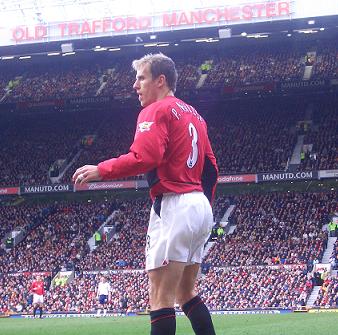
The Neville brothers gained 144 England caps between them and sideboards creaking under the weight of medals won with Manchester United. But they were both excellent cricketers who might have chosen the sport in preference to football. Gary played club cricket until his mid-teens, and once shared a 236 run partnership with Aussie legend Matthew Hayden. It came while playing for Greenmount C.C. in a cup semi-final. They both scored centuries but it proved to be his last game of cricket; a Manchester United coach learnt of the match and barred him from playing further.
Gary once told Felix White in an interview for Wisden that the sport toughened him up a lot more than football but Phil was the real talent. Gary recalled ‘Phil had the patience I didn’t. He could leave the ball outside off stump for days’. And so it proved as Phil became captain and opening batsman for England U15’s. He was also the second youngest player to appear for Lancashire’s Second XI; but yet again it was another tantalising what if?
It was a childhood fantasy to play cricket and football for a living, easily trumping the more mundane ambitions of train driver or astronaut. I was enthralled by the idea of playing at Wembley and Lord’s, walking with legends in the cathedrals of sport. To score a century under the gasometers at the Oval and the winning goal in a London derby at Highbury was sheer perfection. However for some players this fantasy was reality as they played both sports to a professional standard; what a wonderful way to live life?
Brian Penn

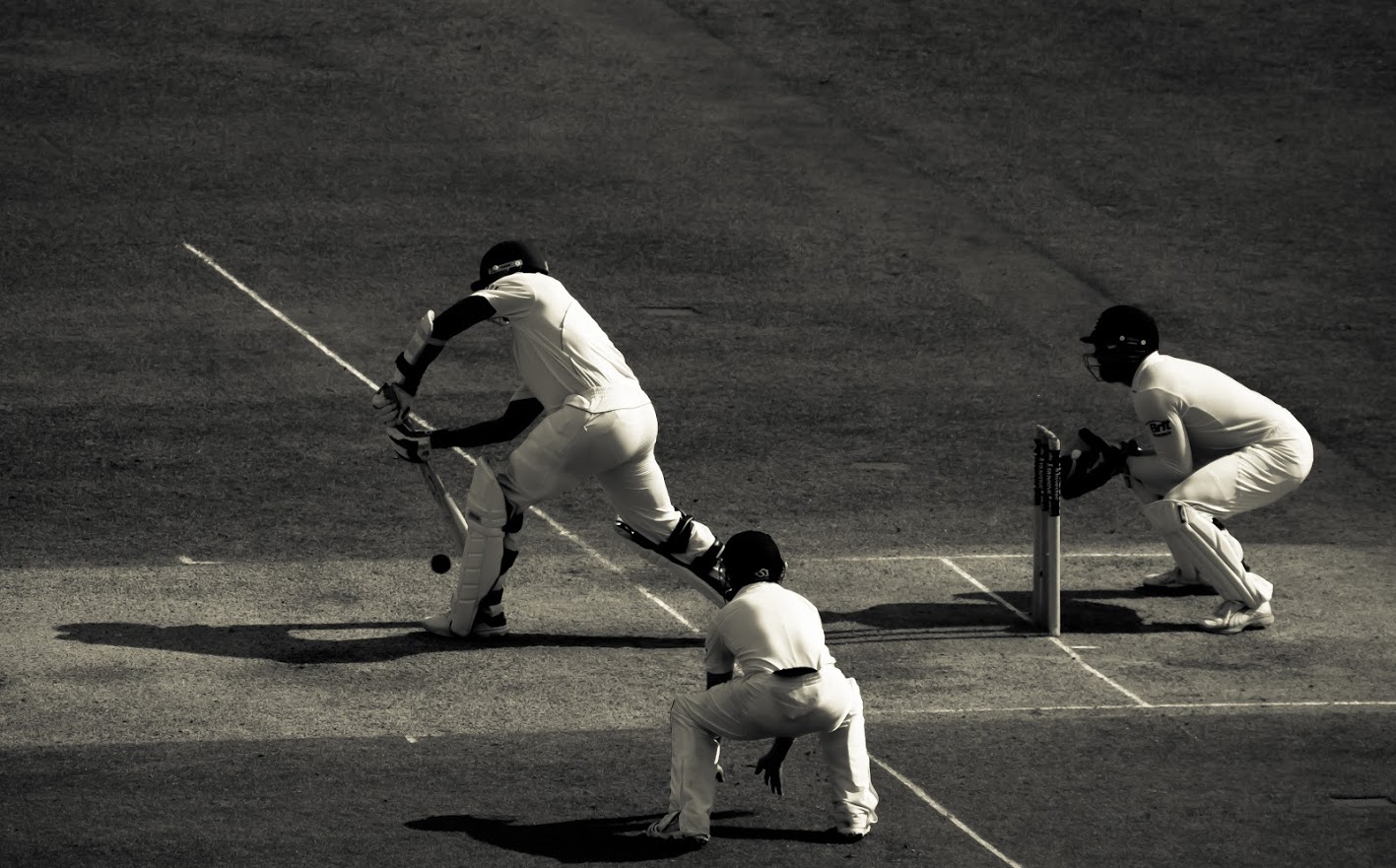

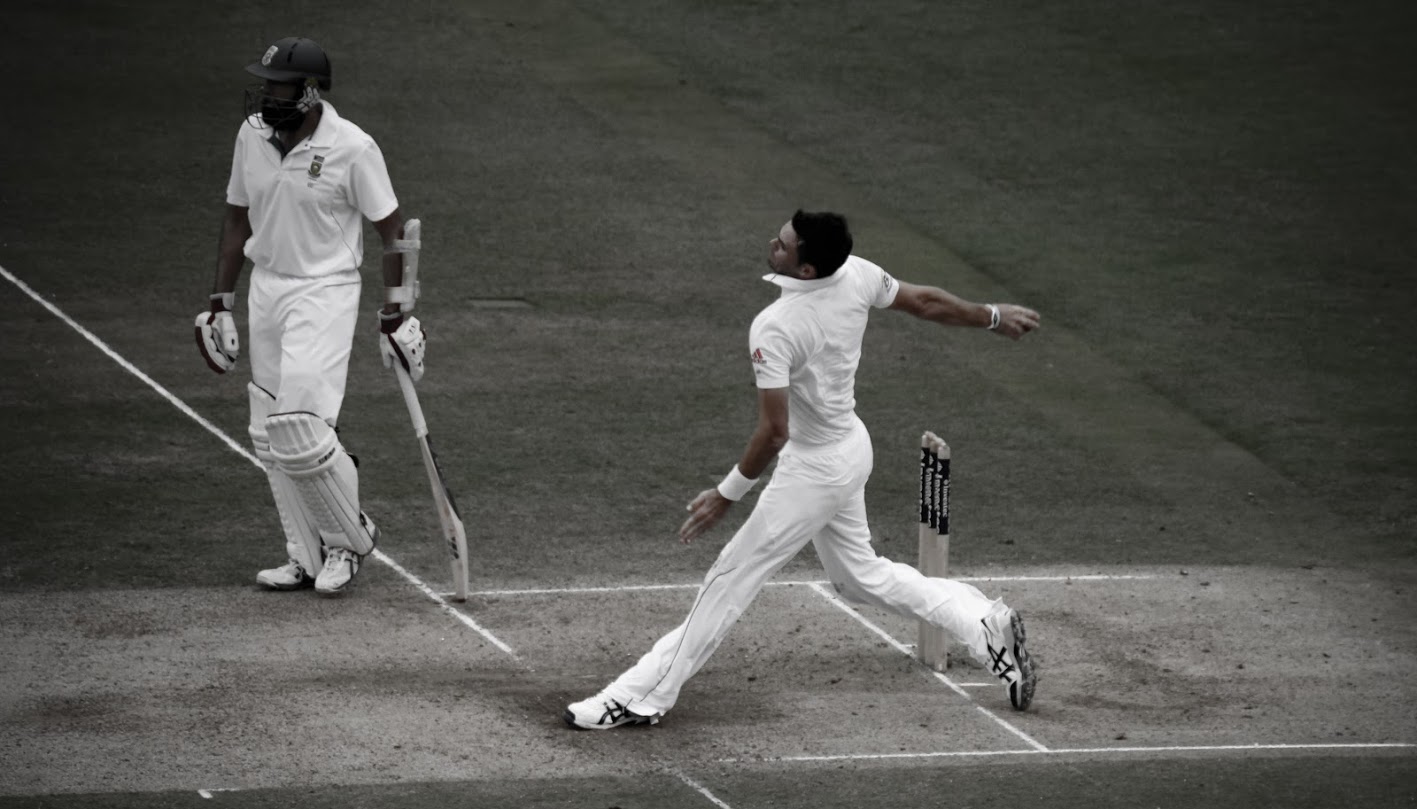
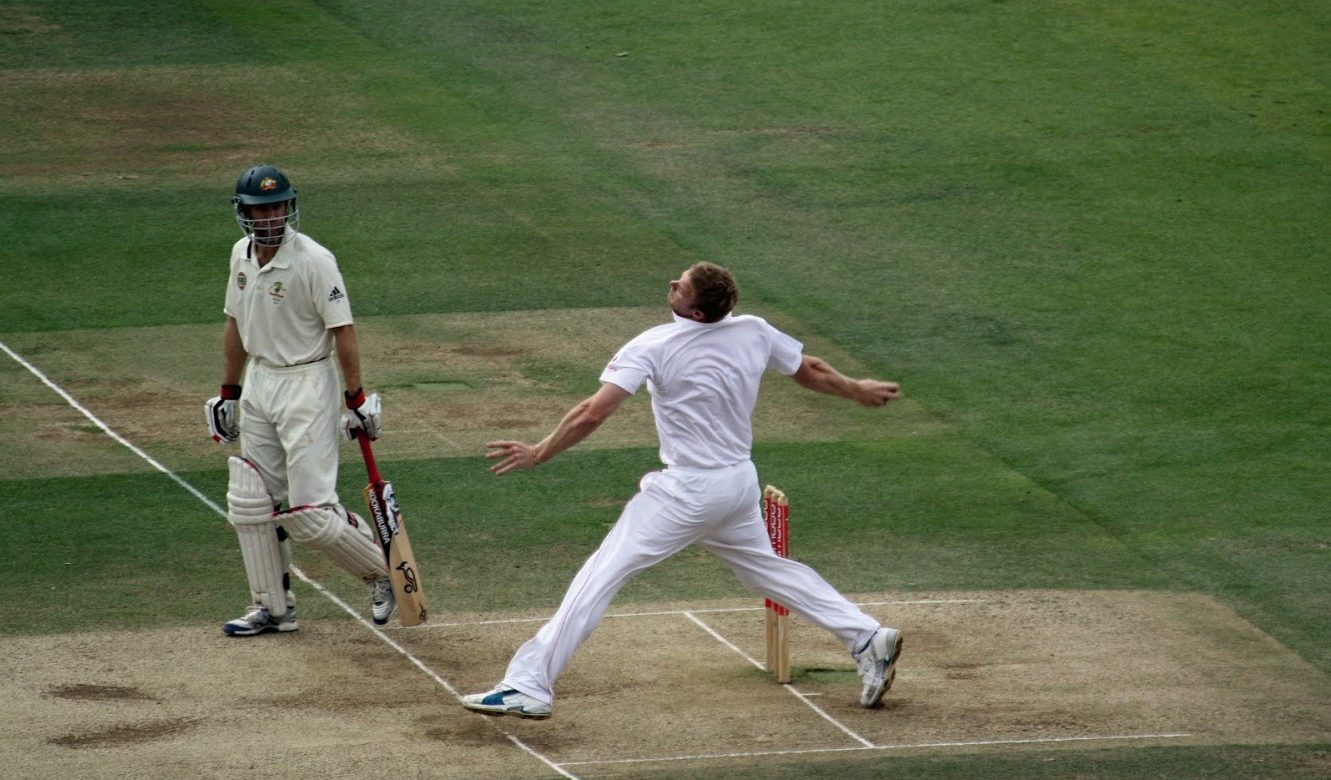
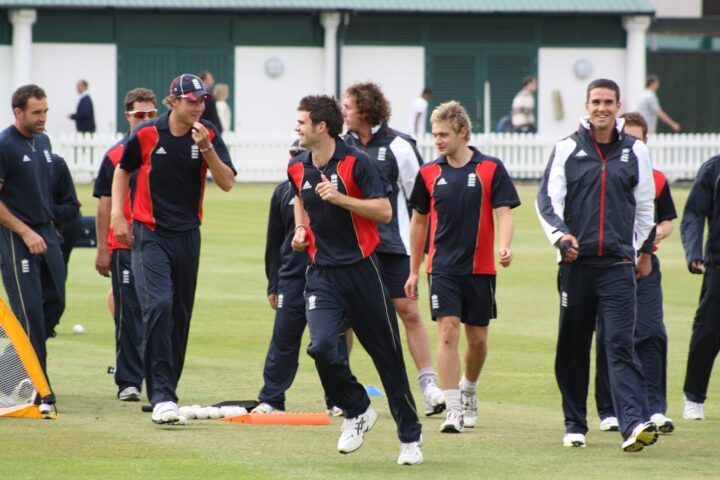
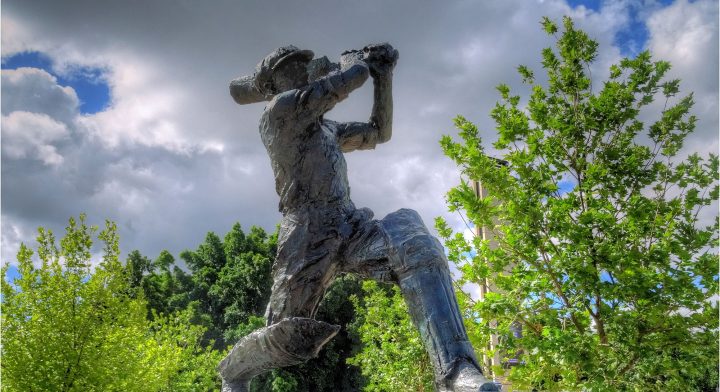


Excellent article. There are no doubt many other promising cricketers who have ended up choosing other sports. In Andy Cole’s recent autobiography he described his talent and enthusiasm for cricket, greatly encouraged by his cricket-loving Jamaican dad – but he gave it up in his teens to concentrate on football.
Other careers have also lured some away from cricket. The film director Sam Mendes was a promising schoolboy cricketer, and might have made it into the professional game had he not chosen the big screen.
Sam did play at Lord’s, I believe, in whatever the village cup was called in those days, for Shipton-under-Wychwood.
Following on the “Arts” theme I believe Sir Arthur Conan Doyle played FC cricket.
An interesting extension to this are the dual Cricket and Rugby internationals. As both sports are played widely at the same schools in preference to soccer, so there are huge numbers who have experienced both at an early age. I guess the most famous relatively recent exponent was the Warwickshire captain Mike Smith who was also the England fly half for a time. Had a look on a dual internationals web site and the amount of shots who’ve represented their country at cricket and rugby is unreal.
A childhood friend of mine Mark Metcalfe had a younger brother Ian, who went to Oxford and reperesented them in 4 sports, including being the England rugby full back for a time in the 70’s.
It’s strange as cricket, soccer and rugby don’t seem to have any obviously transferable skills.
Sorry for ‘shots’ read ‘scots’. I do hate touch screen spell checks.
I’m surprised Chris Balderstone doesn’t get a mention.
He made over 500 league appearances. Most of them for Carlisle Utd in the 60’s and 70’s.
He played 390 first class matches for Leicestershire and 2 Test matches for England. Scoring 19,000 runs including 32 centuries. He also took 310 first class wickets.
I think these figures prove Chris was a true sporting all rounder.
Yes of course Chris Balderstone was one of many others I could have mentioned. I was trying to concentrate on those who played at top level in both sports. Chris played mainly for Carlisle in the lower leagues, although did have one season in the top tier with them in 1974/75. There’s enough material here for a book. Now there’s a thought!?
Another worth a mention is Phil Neale the Worcester captain, who also played for Lincoln City, as captain. He once played for Worcester during the day and drove up to Lincoln to play for them in the evening.
With the advent of more professional commitment required these days can’t see the trend being repeated in modern day sport.
Shame the Neville brothers didn’t stick to cricket, particularly Phil, whom I never rated as a footballer, but as captain of England’s schoolboys might have made a better cricketer.
I remember Football Focus doing a feature on Chris where they followed him on the cricket field for a day and then he was swept into a waiting car and off to play for Carlisle Utd that same evening.
Ron Tindall played for Chelsea & Surrey.
Alastair Hignell played for Gloucestershire & also Rugby Union for Bristol & England.
Mickey Stewart played for Surrey and football for Corinthian Casuals as well as Charlton & Wimbledon.
Chris Balderston played for Yorkshire & Huddersfield Town. He was also a top cricket umpire.
Wayne Larkins (Northamptonshire) also played for Buckingham Town
Bob Matthewson played for Bolton Wanderers and went on to referee the FA Cup Final in 1977 then subsequently became a FIFA referee.
I look forward to seeing others who have crossed codes.
Peter Squires was another – he batted in Yorkshire’s middle order and was a good enough RFU winger to be selected for a Lions’ tour.
On Chris Balderstone, he came within a whisker of scoring two centuries in the match for his county against the mighty all-conquering 1976 West Indies. It was the feat that got him selected for the Test team.
In other countries, the guy on the receiving end of Trevor Chappell’s infamous underarm delivery Brian McKechnie was also an All Black Full Back. Vic Pollare who played two famous innings on NZ’s 1973 tour of England was also a football international. Martin Donnelly who made what was reputed to be a great double century against England at Lord’s also played international rugby – for England!
I’m pretty sure that, difficult though it may be to envisage, Mike Gatting played for Watford.
His brother Steve had quite a lengthy footballing career. I’m sure I can remember him playing for Brighton.
One of my all time heroes, Eric Liddell, was not only a gold medalist in the Paris Olympics in the 400m but played 7 times for Scotland at rugby. He was also pretty good at what followed, missionary work in China. Still a celebrated figure here in Scotland, with the Eric Liddell Centre in Edinburgh named after him.
Interesting topic!
I believe Phil Neale played +300 games for Lincoln.
ITB’s son Liam played cricket, rugby league and rugby union.
Liam played briefly for Hampshire and I think he took 5 wickets against Middlesex at Portsmouth, possibly on debut.
Very entertaining article and I will resist the obvious pun on the author’s surname. I write quizzes for part of my income and this little gem is going into stock. The Gary Neville quote about the real talent is my little brother after a 200 run opening stand with Hayden is brilliant trivia. I also had no idea that Bobby Moore was that good. Thank you Mr Penn
The first game of football I saw was in 1947, Arsenal -v- Sunderland at Highbury. Playing Centre half for Arsenal was Leslie Compton, older brother of the more famous Dennis, and at centre forward for Sunderland was Trevor Ford. It was Trevor\’s first game for Sunderland after what was then a record transfer fee. I do not remember the amount but was probably half the weekly wage of today’s top players. Whether the Sunderland players were taking the micky, but they kept centering the ball way over his head and easily dealt with by Leslie. The point about this reminiscence is that on the following Wednesday England played Wales and Leslie had his one and only cap for England and the Welsh players and Trevor Ford made him look just as incompetent as the Sunderland players did to Trevor on the previous Saturday.
Leslie was also the wicketkeeper for Middlesex in the era of Godfrey Evans so qualifies as an allrounder in the context of this article.
Dennis Compton was the very definition of sporting royalty.